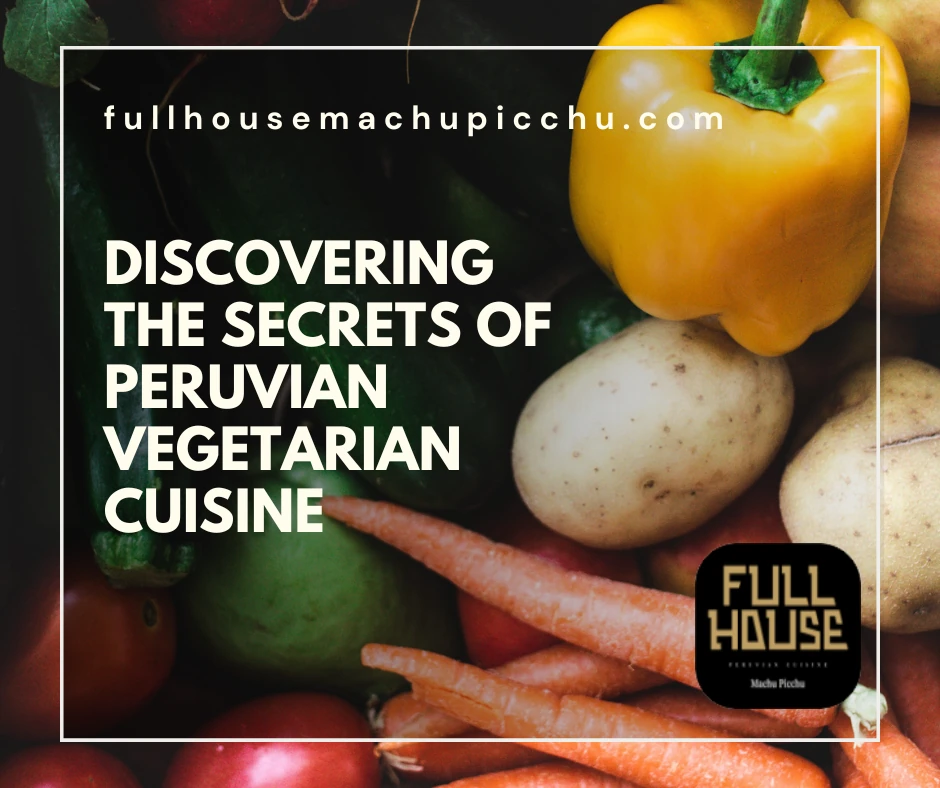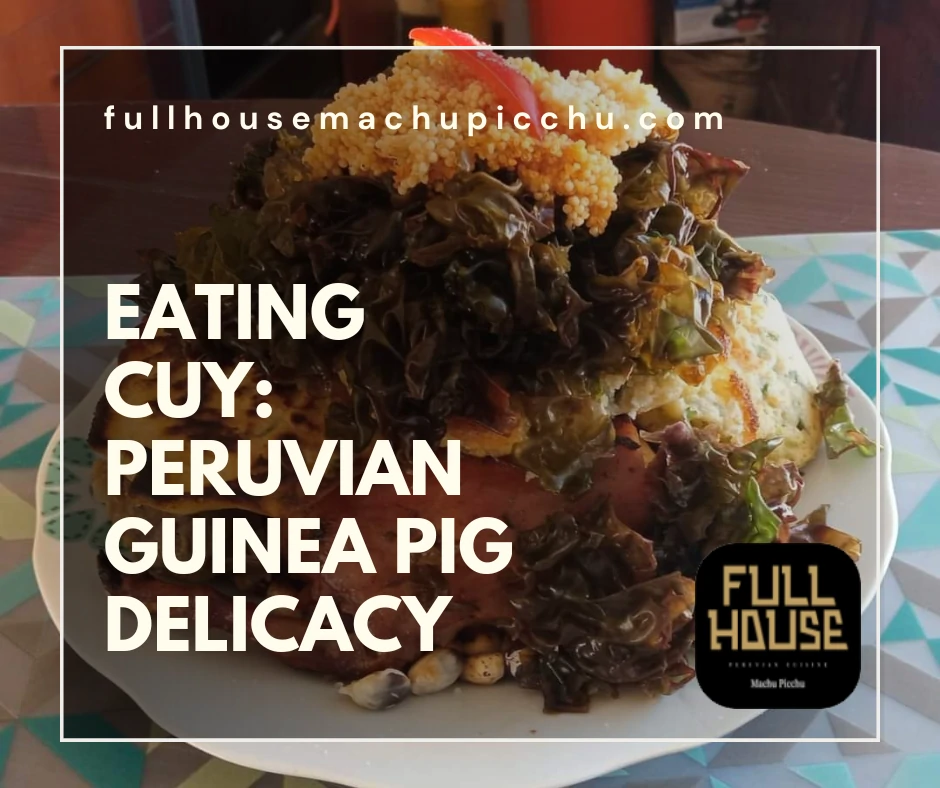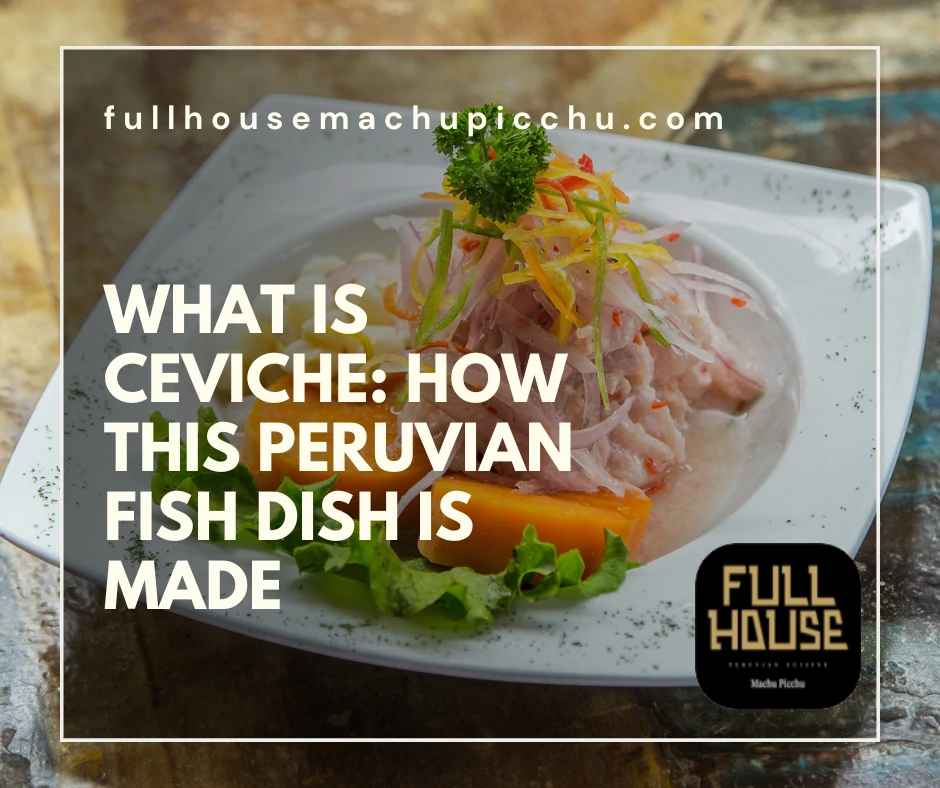Welcome to the flavorful, vibrant, and diverse world of Peruvian vegetarian cuisine. Here, the absence of meat does not signify a lack of flavor. Rather, it presents an opportunity to shine the spotlight on an array of indigenous vegetables, grains, and spices.
This article will guide you through a mouthwatering journey of Peruvian vegetarian dishes. So, we will dive into the rich world of Peruvian food and its delicious and healthy plant-based meals.
Peru is home to a culinary tradition deeply intertwined with its geography, history, and culture. The country boasts an incredible range of ecosystems that yield an equally incredible array of fresh produce. It is this biodiversity that lays the foundation for the meatless marvels that are the cornerstone of Peruvian vegetarian cuisine.
The unique geography and history of Peruvian vegetarian Food
Peru, a country with diverse geography, has rich culinary roots. This is particularly evident in Peruvian vegetarian cuisine. The Andes, Amazon, and Pacific coast each contribute unique ingredients. These form the core of this cuisine, enhancing its unique flavors.
Historically, indigenous communities relied on agriculture. Thus, their diets heavily influenced Peruvian vegetarian dishes. Quinoa, a versatile and protein-rich grain, was a staple. It remains integral in many dishes today.
Likewise, the Peruvian corn, known for its large kernels, is another critical ingredient. It adds texture and flavor to various meals. From stews to salads, its presence is remarkable.
Peru’s different microclimates allow for growing all sorts of crops. This biodiversity translates into the vast array of flavors found in Peruvian vegetarian cuisine. It provides a rich palette for culinary creation.
The Spanish conquest introduced new vegetables to Peru. This event diversified the Peruvian vegetarian dishes. Ingredients like onions, garlic, and carrots quickly became integral to many dishes.
Through time, Peru experienced various cultural influences. Each influenced its culinary tradition. Italian, African, Chinese, and Japanese immigrants enriched Peruvian vegetarian dishes. They introduced new techniques and plant-based ingredients.
In the past, chefs used to overlook Peruvian vegetarian cuisine. Now, it enjoys growing recognition and popularity. The cuisine’s diverse flavors and textures impress locals and tourists alike.
Today, Peruvian vegetarian cuisine signifies more than just food. It represents a unique amalgamation of history, culture, and geography. It shows Peru’s dedication to sustainability and health.
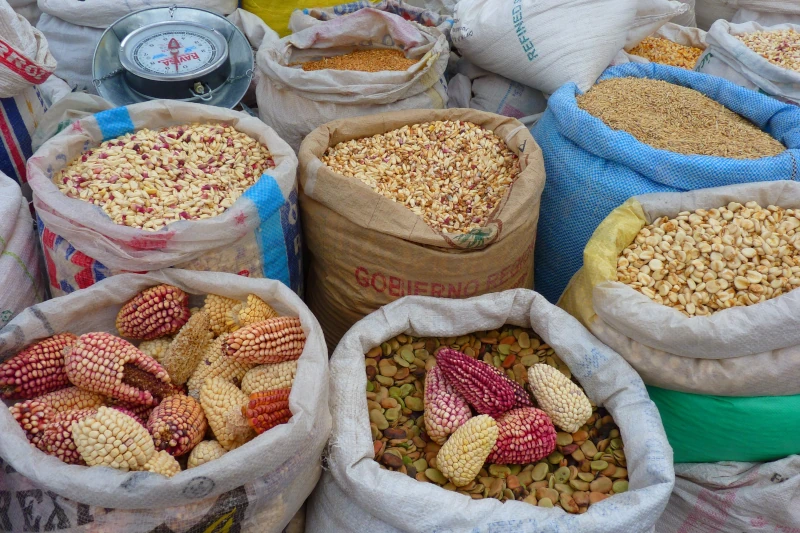
Signature dishes and ingredients of Peruvian vegetarian cuisine
Peruvian vegetarian cuisine represents a symphony of flavors. Its signature dishes and ingredients captivate palates worldwide. At its heart lie native ingredients, creative cooking methods, and cultural influences.
Rocoto pepper, a vibrant, spicy chili, is one such ingredient. Its distinctive heat adds depth to many dishes. It’s integral to Peruvian vegetarian cuisine’s fiery side.
Additionally, Quinoa, native to the Andes, also plays a central role. This ancient grain is a nutritional powerhouse. Its mild flavor complements a range of ingredients.
Peruvian potatoes, in their many varieties, are another staple. Peru boasts over 3000 types of potatoes. These add different textures and heartiness to veggie dishes.
One can’t overlook Peruvian corn either. Its large kernels lend a delightful crunch. Chefs often paired it with cheese or used it in stews and soups.
Aji amarillo, a yellow chili, brings a fruity heat. It gives many dishes their characteristic kick. It’s another star in Peruvian vegetarian cuisine’s flavorful arsenal.
Peruvian vegetarian food boasts a wealth of signature dishes. Rocoto relleno, typically a meat-filled pepper, has vegetarian versions. Instead of meat, they use mushrooms or quinoa.
Additionally, causa is another Peruvian dish with a vegetarian version. It’s a layered potato dish, often vegetarian-friendly. Lima beans, avocados, and tomatoes are common fillings.
Finally, solterito is a great traditional dish you must try. It’s a refreshing salad with Andean origins. It combines beans, cheese, tomatoes, and olives.
The beauty of Peruvian vegetarian food lies in its versatility. It can transform traditional meat dishes into plant-based wonders. It’s a testament to Peru’s inventive culinary spirit.
Peruvian vegetarian cuisine offers a rich variety of flavors. It’s a cuisine that really shows off Peru’s mix of cultures and all the amazing food they have. Therefore, it’s a tantalizing journey for every food lover.
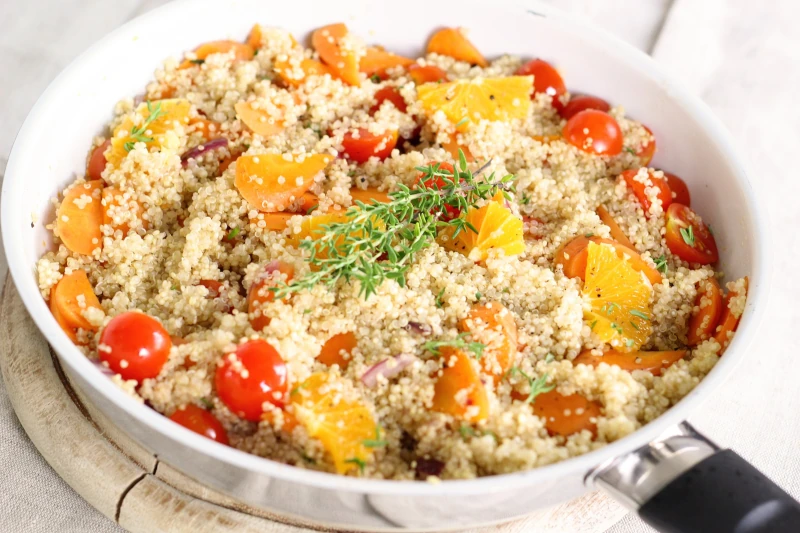
The cultural impact and future of Peru’s vegetarian Food
Peruvian vegetarian cuisine impacts more than just our palates. It influences culture, traditions, and societal norms. Its rise is shaping the future of food in Peru.
It’s a cuisine embraced by diverse groups. Vegans, vegetarians, and health-conscious individuals appreciate its nutrient-rich dishes. Its popularity extends beyond these groups, though.
Food is central to Peruvian culture. Meals unite families, friends, and communities. Peruvian vegetarian cuisine is now a part of this tradition.
Chefs are at the forefront of this culinary movement. They reinterpret traditional dishes in inventive, meat-free ways. This creativity elevates Peruvian vegetarian cuisine’s status.
A key development is Peruvian fusion cuisine. It merges local ingredients with global culinary techniques. Vegetarian dishes often star in these fusion experiments.
Take Nikkei cuisine, a blend of Japanese and Peruvian cooking. It has inspired vegetarian sushi rolls using Peruvian corn and aji peppers. Such dishes highlight Peruvian vegetarian cuisine’s versatility.
Peru is not the only country where vegetarian cuisine has become popular. Peruvian vegetarian cuisine is gaining global recognition. People worldwide are discovering its delightful flavors.
Take spicy Peruvian food. Dishes using aji peppers are a hit internationally. These plant-based spicy treats are winning hearts, and palates.
Peruvian vegetarian cuisine’s future looks promising. More restaurants are offering vegetarian menus. Some exclusively serve vegetarian food, signaling a significant shift.
Sustainability concerns are another driving factor. As the world moves towards eco-friendly practices, vegetarian food gains more followers. It’s a sustainable option for our planet’s future.
Finally, tourism is a catalyst. Peru’s plant-based food scene often intrigues visitors to the country. They leave with a deeper appreciation of Peruvian vegetarian cuisine.
Peruvian vegetarian cuisine is transforming food culture. It has an important role in the future of food, both in Peru and in the world. Its influence continues to grow, one plate at a time.


